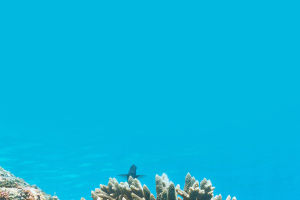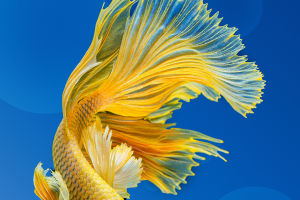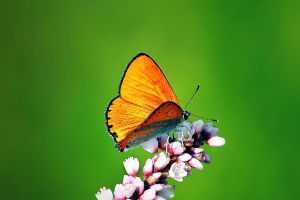Birds are an important part of wildlife, an important resource animal in nature and an important part of the ecosystem. Birds are renewable natural resources that have significant commercial, tourism, aesthetic, cultural, scientific and ecological values.
It is therefore necessary and important to properly understand and appreciate the role and economic significance of birds for their conservation use and management.
The value of ecotourism is highly valued in countries around the world. Taking a camera out to observe birds can be refreshing, rejuvenating or invigorating after a hard day's work. At the same time, they appreciate the beauty of nature and increase their love of it, drawing on scientific knowledge.
People are inspired by the birds' behaviour, ecology and colouring of their plumage and beautiful body shapes, and they contribute value through music, poetry, painting and literature.
For many centuries, swans have inspired poets and artists and have become symbols of beautiful and elegant decoration.
The greatest scientific value of birds is that they have genetic information, and they are a huge reservoir of genetic information. To protect birds is to preserve their gene pool.
Some of this genetic material is already known, but most of it is not yet known and will gradually be re-recognised and used as science develops. Only by conserving birds well will they be able to inspire humans in the future, and this is the real scientific value of bird conservation.
It is well known that all the poultry we keep today came from wild ancestors. The domestic chicken was domesticated from the original chicken, the domestic duck from the green-headed duck and the mottled duck, the domestic goose from the wild goose and the grey goose, the domestic pigeon from the original pigeon, etc.
Birds are very relevant to monitor as important ecological indicators. It is a very good indicator group in the ecosystem, for example, as the climate warms, the distribution of many birds has begun to change, and they are particularly sensitive and able to respond quickly to environmental changes.
An important indicator of a good or bad ecosystem is waterfowl, "a good environment depends on the number of birds". If we only have tall buildings and artificial vegetation, the environment is very homogeneous.
We must not only have diverse vegetation, but also natural habitats, mudflats or rivers or lakes, but also a diversity of birds. If we live in a neighbourhood where we can see a lot of water birds, it means that the local environment is better protected.


